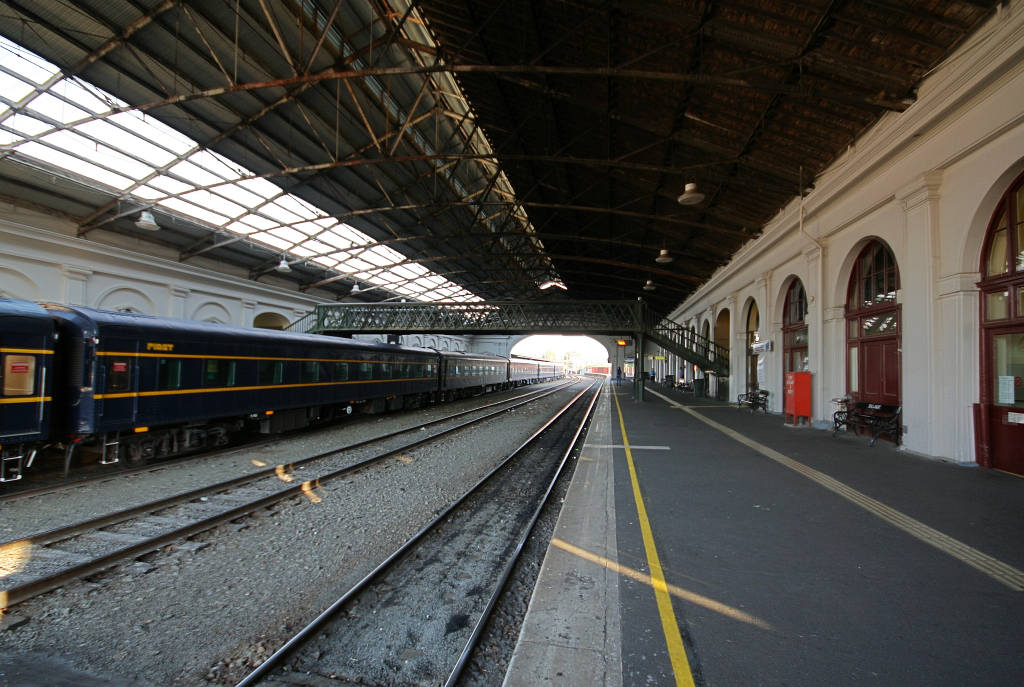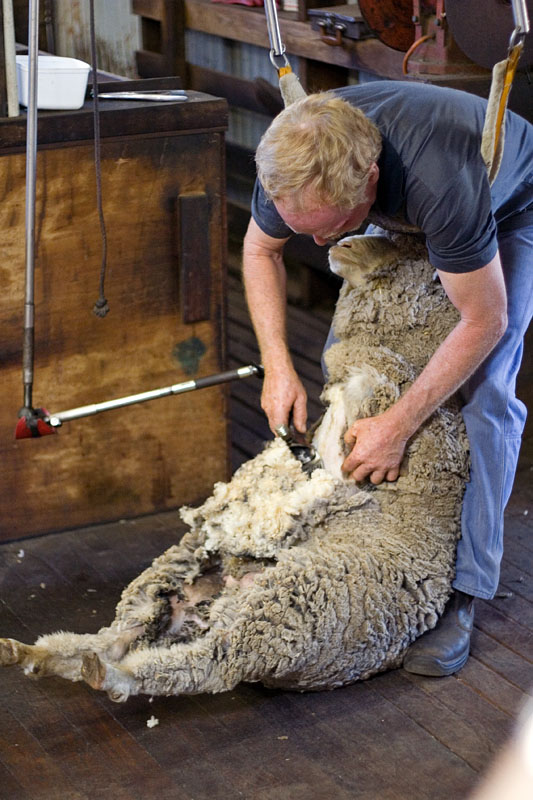|
Sheds
A shed is typically a simple, single-story roofed structure that is used for hobbies, or as a workshop in a back garden or on an allotment. Sheds vary considerably in their size and complexity of construction, from simple open-sided ones designed to cover bicycles or garden items to large wood-framed structures with shingled roofs, windows, and electrical outlets. Sheds used on farms or in the industry can be large structures. The main types of shed construction are metal sheathing over a metal frame, plastic sheathing and frame, all-wood construction (the roof may be asphalt shingled or sheathed in tin), and vinyl-sided sheds built over a wooden frame. Small sheds may include a wooden or plastic floor, while more permanent ones may be built on a concrete pad or foundation. Sheds may be lockable to deter theft or entry by children, domestic animals, wildlife, etc. Etymology The word is recorded in English since 1481, as , possibly a variant of shade. The word shade come ... [...More Info...] [...Related Items...] OR: [Wikipedia] [Google] [Baidu] |
Motive Power Depot
The motive power depot (MPD) or locomotive depot, or traction maintenance depot (TMD), is the place where locomotives are usually housed, repaired and maintained when not being used. They were originally known as "running sheds", "engine sheds" or, for short, just sheds. Facilities are provided for refuelling and replenishing water, lubricating oil and grease and, for steam engines, disposal of the ash. There are often workshops for day to day repairs and maintenance, although locomotive building and major overhauls are usually carried out in the locomotive works. (Note: In American English, the term ''depot'' is used to refer to passenger stations or goods (freight) facilities and not to vehicle maintenance facilities.) German practice The equivalent of such depots in German-speaking countries is the '' Bahnbetriebswerk'' or ''Bw'' which has similar functions, with major repairs and overhauls being carried out at '' Ausbesserungswerke''. The number of these reduced dra ... [...More Info...] [...Related Items...] OR: [Wikipedia] [Google] [Baidu] |
Train Shed
A train shed is a building adjacent to a station building where the tracks and platforms of a railway station are covered by a roof. It is also known as an overall roof. Its primary purpose is to store and protect from the elements train cars not in use, The first train shed was built in 1830 at Liverpool's Crown Street Station. The biggest train sheds were often built as an arch of glass and iron, while the smaller were built as normal pitched roofs. The train shed with the biggest single span ever built was that at the second Philadelphia Broad Street Station, built in 1891. Types of train shed Early wooden train sheds The earliest train sheds were wooden structures, often with unglazed openings to allow smoke and steam to escape. The oldest part of Bristol Temple Meads is a particularly fine – and large – example, designed by Isambard Kingdom Brunel with mock- hammerbeam roof. Surviving examples include: * Ashburton, Devon, England (station closed) * Bo'ness, F ... [...More Info...] [...Related Items...] OR: [Wikipedia] [Google] [Baidu] |
Shearing Shed
Shearing sheds (or wool sheds) are large sheds located on sheep stations to accommodate large scale sheep shearing activities. In countries where large numbers of sheep are kept for wool, sometimes many thousands in a flock, shearing sheds are vital to house the necessary shearing equipment, and to ensure that the shearers and /or crutchers have a ready supply of dry, empty sheep. The shed also provides space where the wool is classed and pressed into approved wool packs and stored to await transport to market. Location of the shed is important as the site needs to be well drained and in an area reasonably close to most of the flock. It is helpful and will save a lot of money if the shed is located near to the electricity supply. At least some yards will be needed to facilitate shedding and count-outs. Regional variants of shearing shed architecture throughout Australia and New Zealand have been identified through different uses of building materials and local styles of de ... [...More Info...] [...Related Items...] OR: [Wikipedia] [Google] [Baidu] |
Sheep Shearing
Sheep shearing is the process by which the woollen fleece of a sheep is cut off. The person who removes the sheep's wool is called a ''shearer''. Typically each adult sheep is shorn once each year (a sheep may be said to have been "shorn" or "sheared", depending upon dialect). The annual shearing most often occurs in a shearing shed, a facility especially designed to process often hundreds and sometimes more than 3,000 sheep per day. Sheep are shorn in all seasons, depending on the climate, management requirements and the availability of a woolclasser and shearers. Ewes are normally shorn prior to lambing in the warmer months, but consideration is typically made as to the welfare of the lambs by not shearing during cold climate winters. However, in high country regions, pre lamb shearing encourages ewes to seek shelter among the hillsides so that newborn lambs aren't completely exposed to the elements. Shorn sheep tolerate frosts well, but young sheep especially will suffer ... [...More Info...] [...Related Items...] OR: [Wikipedia] [Google] [Baidu] |
Goods Shed
A goods shed is a railway building designed for storing goods before or after carriage in a train. A typical goods shed will have a track running through it to allow goods wagons to be unloaded under cover, although sometimes they were built alongside a track with possibly just a canopy over the door. There will also be a door to move goods to or from road wagons and vans, this sometimes is parallel to the rail track, or sometimes on the side opposite the rail track. Inside the shed will generally be a platform and sometimes a small crane to allow easier loading and unloading of wagons. Double track Some goods sheds had more than one track. If one were not adjacent to the unloading platform then the method of working the second siding would be to first empty the wagons adjacent to the platform, and then open the doors on their far side to access those on the second track. Planks or portable bridges were normally provided for this purpose. Conversions When no longer requir ... [...More Info...] [...Related Items...] OR: [Wikipedia] [Google] [Baidu] |
Allotment (gardening)
An allotment (British English), or in North America, a community garden, is a plot of land made available for individual, non-commercial gardening or growing food plants, so forming a kitchen garden away from the residence of the user. Such plots are formed by subdividing a piece of land into a few or up to several hundred parcels that are assigned to individuals or families. Such parcels are cultivated individually, contrary to other community garden types where the entire area is tended collectively by a group of people. In countries that do not use the term "allotment (garden)", a "community garden" may refer to individual small garden plots as well as to a single, large piece of land gardened collectively by a group of people. The term " victory garden" is also still sometimes used, especially when a community garden dates back to the First or Second World War. The individual size of a parcel typically suits the needs of a family, and often the plots include a shed for too ... [...More Info...] [...Related Items...] OR: [Wikipedia] [Google] [Baidu] |
Hay Shed
Hay is grass, legumes, or other herbaceous plants that have been cut and dried to be stored for use as animal fodder, either for large grazing animals raised as livestock, such as cattle, horses, goats, and sheep, or for smaller domesticated animals such as rabbits and guinea pigs. Pigs can eat hay, but do not digest it as efficiently as herbivores do. Hay can be used as animal fodder when or where there is not enough pasture or rangeland on which to graze an animal, when grazing is not feasible due to weather (such as during the winter), or when lush pasture by itself would be too rich for the health of the animal. It is also fed when an animal is unable to access pasture—for example, when the animal is being kept in a stable or barn. Composition Commonly used plants for hay include mixtures of grasses such as ryegrass (''Lolium'' species), timothy, brome, fescue, Bermuda grass, orchard grass, and other species, depending on region. Hay may also include legumes, such a ... [...More Info...] [...Related Items...] OR: [Wikipedia] [Google] [Baidu] |
Railway Station
Rail transport (also known as train transport) is a means of transport that transfers passengers and goods on wheeled vehicles running on rails, which are incorporated in Track (rail transport), tracks. In contrast to road transport, where the vehicles run on a prepared flat surface, rail vehicles (rolling stock) are directionally guided by the tracks on which they run. Tracks usually consist of steel rails, installed on Railroad tie, sleepers (ties) set in track ballast, ballast, on which the rolling stock, usually fitted with metal wheels, moves. Other variations are also possible, such as "slab track", in which the rails are fastened to a concrete foundation resting on a prepared subsurface. Rolling stock in a rail transport system generally encounters lower friction, frictional resistance than rubber-tyred road vehicles, so passenger and freight cars (carriages and wagons) can be coupled into longer trains. The rail transport operations, operation is carried out by a ... [...More Info...] [...Related Items...] OR: [Wikipedia] [Google] [Baidu] |
Lawnmower
A lawn mower (also known as a mower, grass cutter or lawnmower) is a device utilizing one or more revolving blades (or a reel) to cut a grass surface to an even height. The height of the cut grass may be fixed by the design of the mower, but generally is adjustable by the operator, typically by a single master lever, or by a lever or nut and bolt on each of the machine's wheels. The blades may be powered by manual force, with wheels mechanically connected to the cutting blades so that when the mower is pushed forward, the blades spin or the machine may have a battery-powered or plug-in electric motor. The most common self-contained power source for lawn mowers is a small (typically one cylinder) internal combustion engine. Smaller mowers often lack any form of propulsion, requiring human power to move over a surface; "walk-behind" mowers are self-propelled, requiring a human only to walk behind and guide them. Larger lawn mowers are usually either self-propelled "walk-behind" ... [...More Info...] [...Related Items...] OR: [Wikipedia] [Google] [Baidu] |





